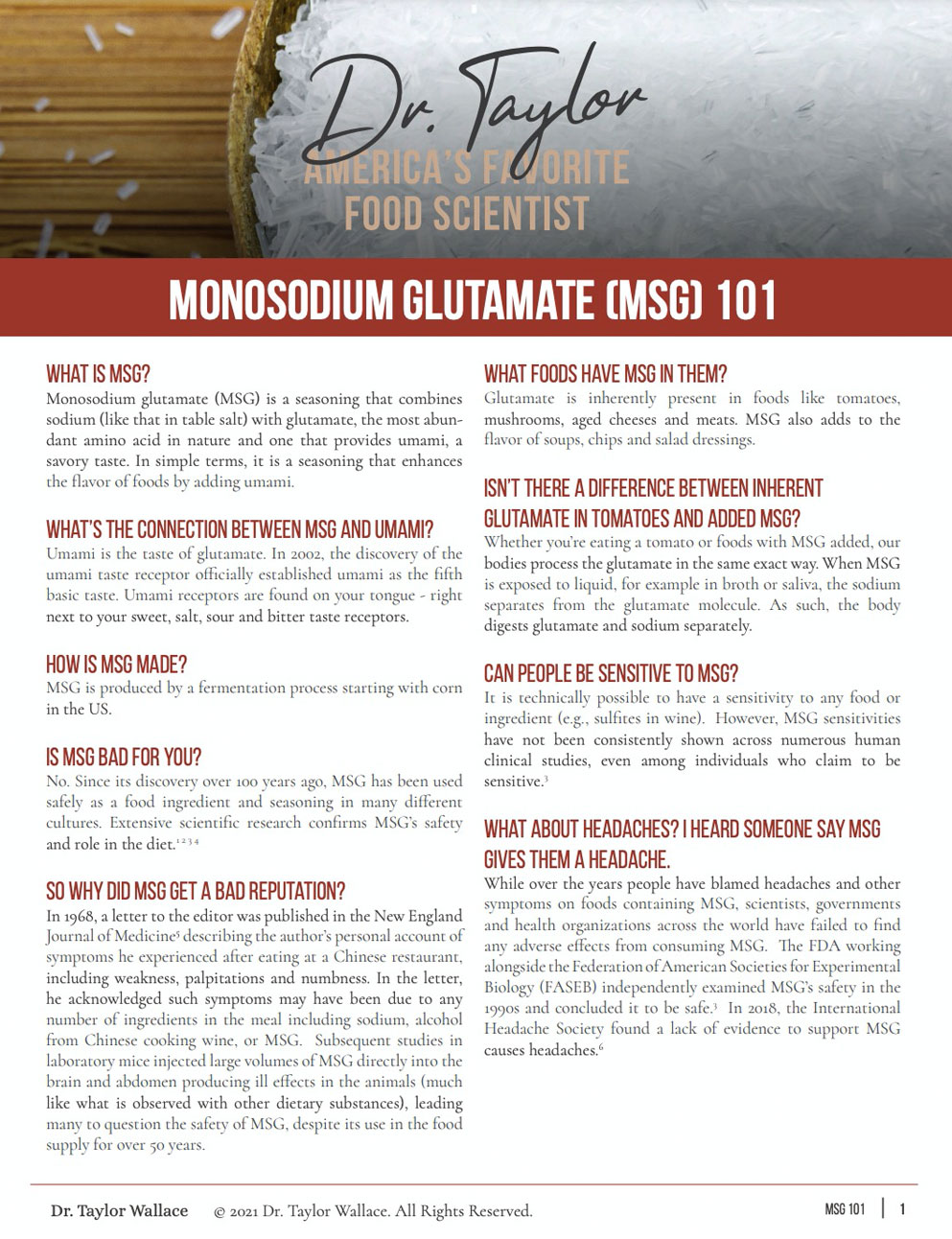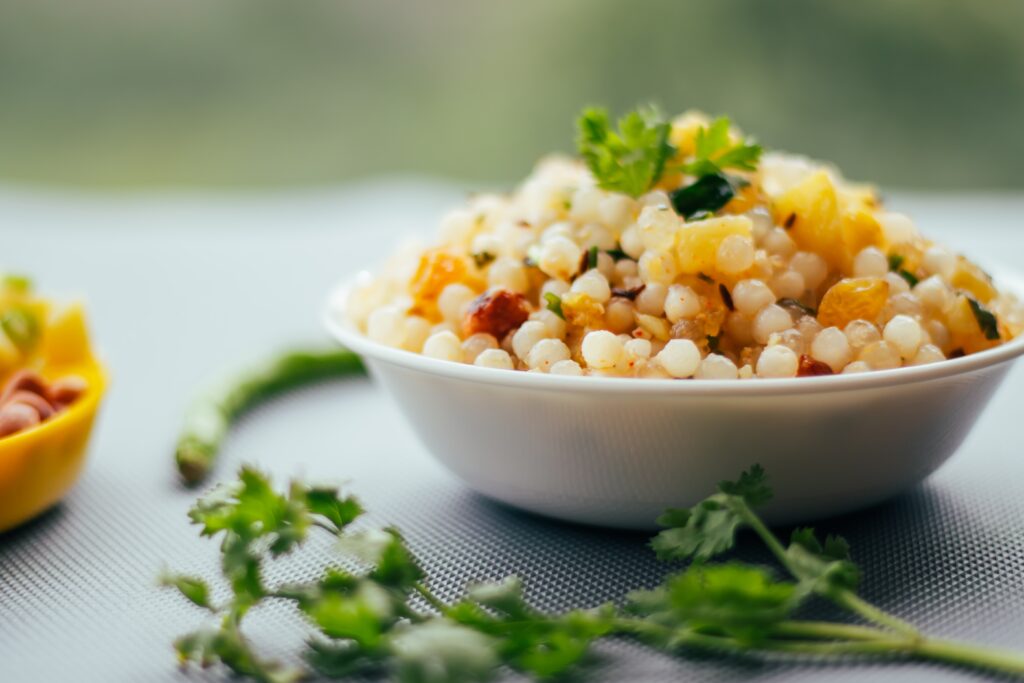Wild Rice – Unique Nutrient Profile and Health Benefits

- May 10, 2017
Wild rice is a whole grain that has been growing in popularity due to unique nutty, earthy flavor, chewy texture and potential health promoting properties.
It was originally harvested by Native Americans, who used the grain as a staple food for hundreds of years. Despite having the name “rice” it is not closely related to traditional rice, which tends to be smaller, less nutrient-dense, and of a different color. Wild rice is a seed of an aquatic grass that grows naturally in shallow freshwater marshes and along the shores of streams and lakes. It is referred to as “rice” because it looks and cooks like other types of rice.
There are four different species of wild rice. One is native to Asia and harvested as a vegetable, while the remaining three species are native to North America and harvested as a grain. Most of the wild rice on the market has been cultivated and is not technically “wild” at all. It’s often mixed with white or brown rice because it is expensive.
Wild rice is gluten-free and contains higher amounts of protein as compared to regular rice and most other grains. It’s one of the few plant sources of “complete protein,” or those proteins that contain all the essential amino acids. This makes it, along with soy, a superb plant protein option for vegetarians and vegans. Much like its grocery store competitor, wild rice has similar amounts of dietary fiber as brown rice and is a source of several B-vitamins, magnesium, zinc, manganese, iron, potassium and selenium. It is also a rich source of antioxidants that are believed to help protect against the development and progression of several chronic diseases, including cancer and cardiovascular disease among others. Although wild rice hasn’t been directly tested in humans, animal studies support that consumption of wild rice may reduce bad cholesterol (i.e., LDL-cholesterol) levels.
Next time you’re in the kitchen, consider substituting more starchy grains (e.g., potatoes), particularly refined grains (e.g., white rice, pasta, etc), with this flavorful nutritious whole grain.
For more information on whole grains visit the American Association of Cereal Chemists and/or the Whole Grains Council websites.
Tags: cardiovascular disease, grain, magnesium, manganese, potassium, rice, vitamin B, whole grain, whole grains, wild rice
One thought on “Wild Rice – Unique Nutrient Profile and Health Benefits”
Leave a Reply
You must be logged in to post a comment.









Good to read the most needed information on the wild rice.